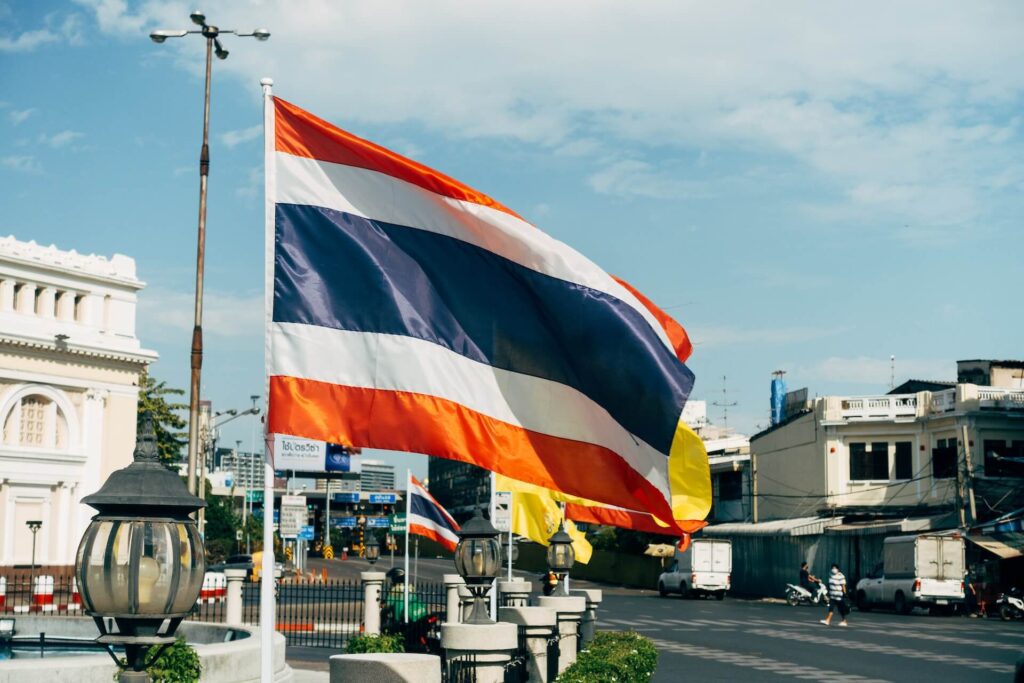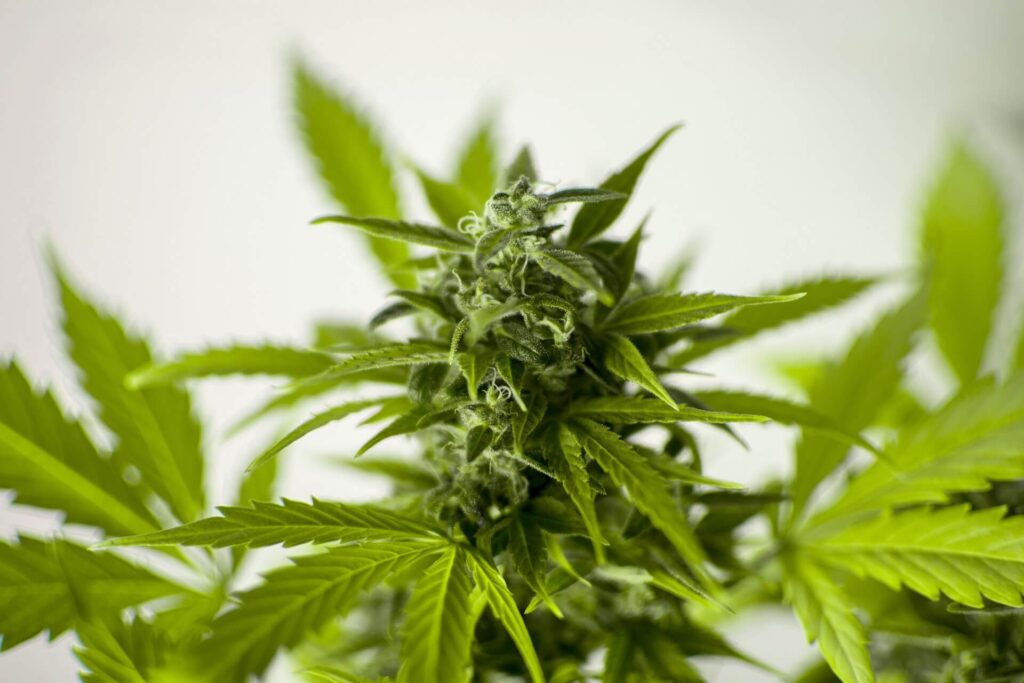
In recent memory, medical cannabis has been legalized in Thailand, allowing even the general public to engage in cannabis cultivation. This has led to various companies entering the cannabis industry. These companies can be categorized into two types: those involved in outdoor cultivation and those utilizing cutting-edge technology for indoor cultivation. Let’s explore the regions in Thailand where these activities are taking place.
Division of Regions in Thailand
Before delving into the specifics of cannabis cultivation areas, let’s understand the geographical layout of Thailand. Thailand shares borders with Cambodia, Laos, Myanmar, and Malaysia, and it has coastlines along the Andaman Sea and the Gulf of Thailand. It has historically developed as a region connecting India and China.
Thailand can be broadly divided into five regions, each with distinct geographical and cultural features: “Northern Region,” “Northeastern Region,” “Eastern Region,” “Central Region,” and “Southern Region.”
Northern Region
The Northern Region centers around the ancient city of Chiang Mai and boasts features like Thailand’s highest peak, Doi Inthanon, within its lush mountainous terrain. It was once home to the Lanna Kingdom, and the traditional culture known as Lanna style still thrives. This area offers unique cultural experiences due to its proximity to Myanmar and Laos and its substantial population of hill tribes.
Prominent cities in the Northern Region include Chiang Mai, Chiang Rai, Lamphun, Nan, and Uthai Thani.
Northeastern Region
The Northeastern Region is known as Isan and can be further divided into North Isan and South Isan. It’s the largest region among the five, characterized by gently rolling landscapes dominated by the Korat Plateau.
Key cities in the Northeastern Region include Udon Thani, Khon Kaen, Nakhon Ratchasima, and Buriram.
Eastern Region
The Eastern Region is located close to the capital city of Bangkok and features popular beach resorts like Pattaya and Koh Chang. Chanthaburi, which borders Cambodia, is rich in forest resources and renowned as a tropical fruit-producing area.
Prominent cities in the Eastern Region include Pattaya, Rayong, and Chanthaburi.
Central Region
The Central Region encompasses the area around the capital city, Bangkok, and is the most developed region in Thailand. While it serves as the political, economic, and cultural hub, areas like Pathum Thani, Suphan Buri, and Ratchaburi are known for rice cultivation and offer picturesque rural landscapes.
Key cities in the Central Region include Bangkok, Ayutthaya, Nakhon Pathom, and Samut Songkhram.
Southern Region
The Southern Region shares borders with Malaysia and hosts globally renowned beach resorts such as Phuket and Koh Samui.
Notable destinations in the Southern Region include Phuket, Koh Samui, and Koh Lanta.
Cannabis Cultivation Hotspots

Having outlined Thailand’s regions, let’s now explore the regions where cannabis cultivation is thriving.
Since the legalization of household cannabis cultivation in 2022, many individuals engage in small-scale cultivation. However, for larger-scale cultivation, companies play a significant role.
In 2018, Thailand conditionally legalized industrial cannabis cultivation, starting in specified provinces, including Chiang Mai, Chiang Rai, and Nan in the Northern Region. This mountainous area in northern Thailand was once renowned globally for its cannabis production. Currently, larger-scale cultivation is primarily concentrated in the Northern Region, including Chiang Mai and other areas, as well as in the Northeastern Region, including Udon Thani and Sakon Nakhon. The outdoor cultivation method appears to dominate in the mountainous terrain of the Northern Region.
Cutting-edge indoor cultivation facilities utilizing advanced technology have emerged in Bangkok and Buriram. These indoor cannabis farms, unaffected by weather conditions, are predominantly located in the Central Region.
In Conclusion
This discussion has provided insight into the regions where cannabis cultivation is thriving in Thailand. Cannabis cultivation is concentrated in the Northern and Northeastern Regions, and more recently, state-of-the-art indoor facilities have sprung up in the Central Region.
Overall, the varied regions of Thailand each contribute to the unique landscape and culture of the country, including its emerging cannabis industry.
